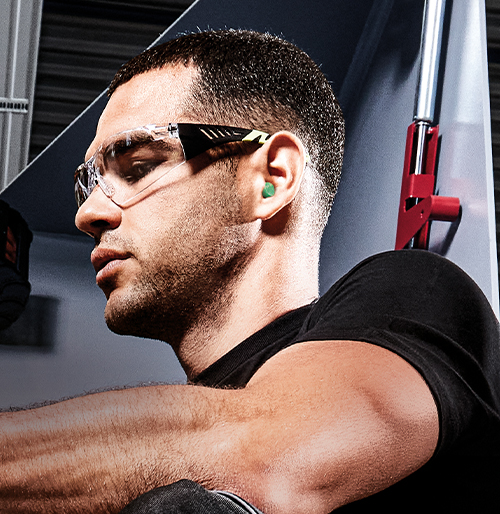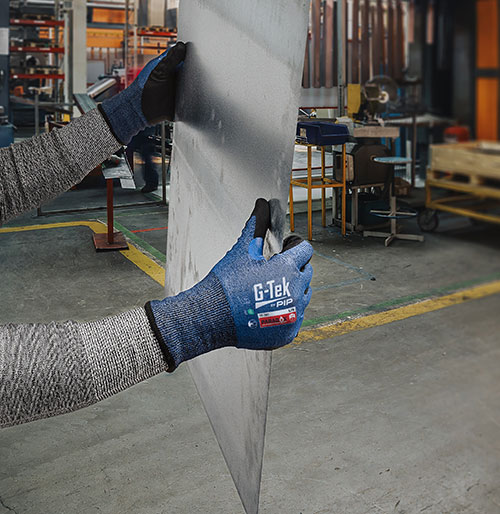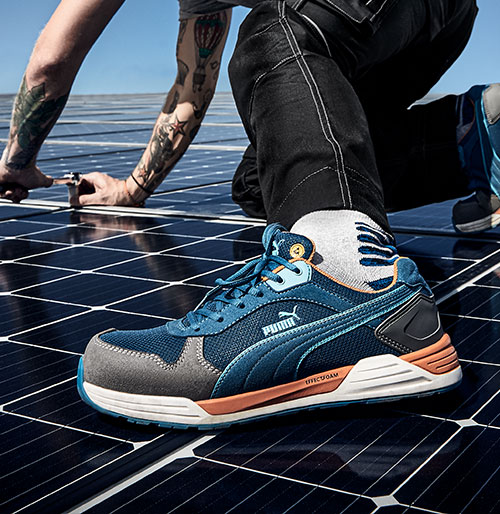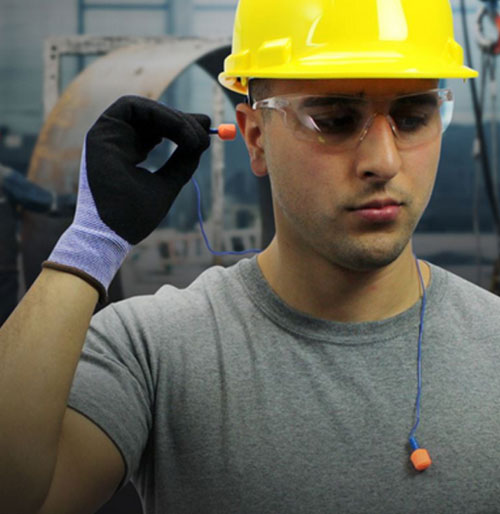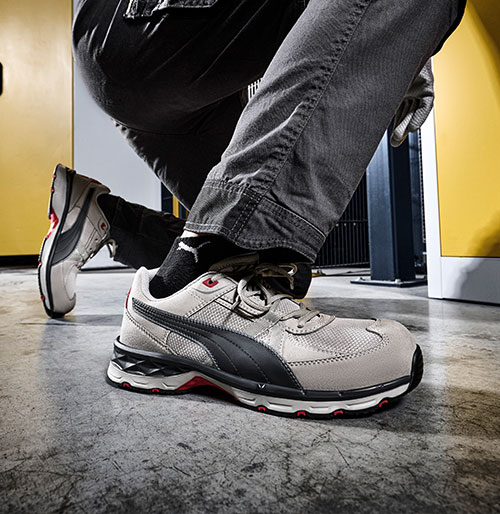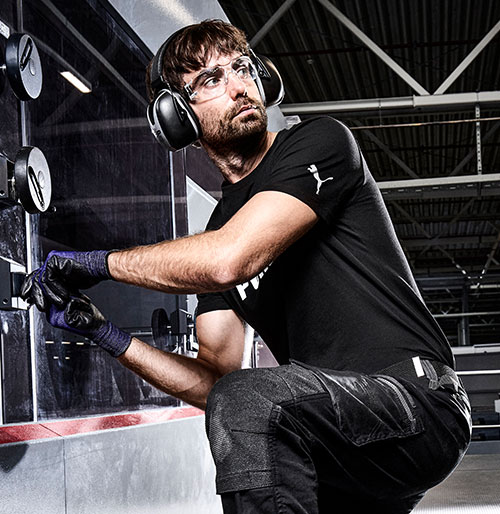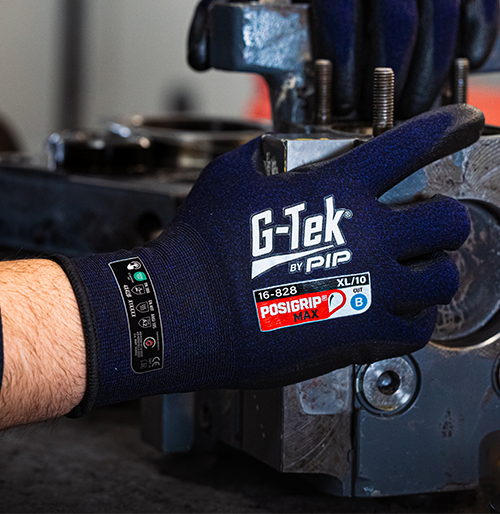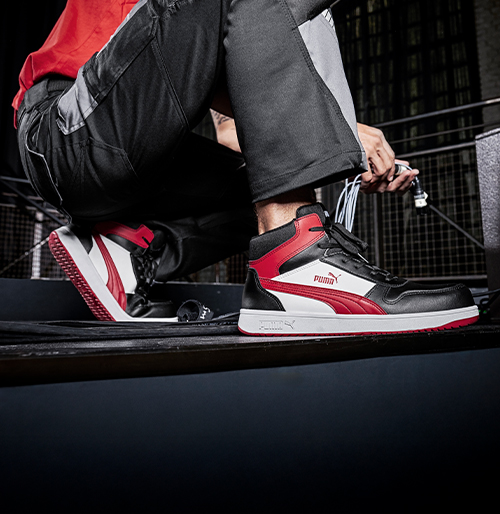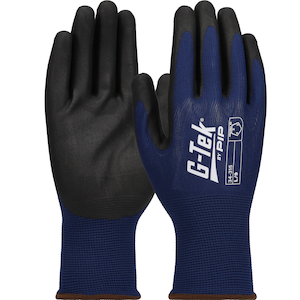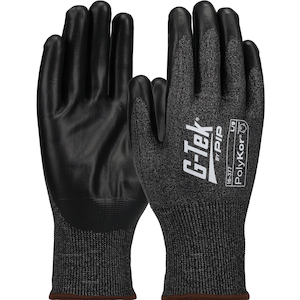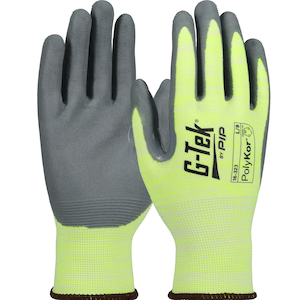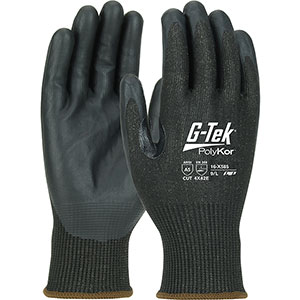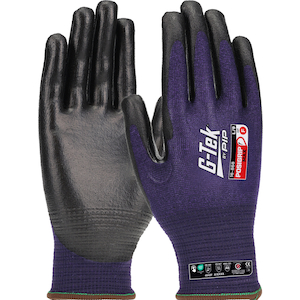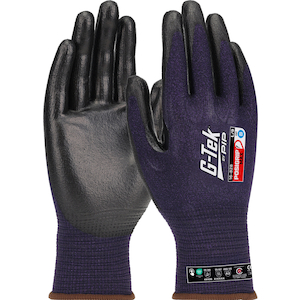
-
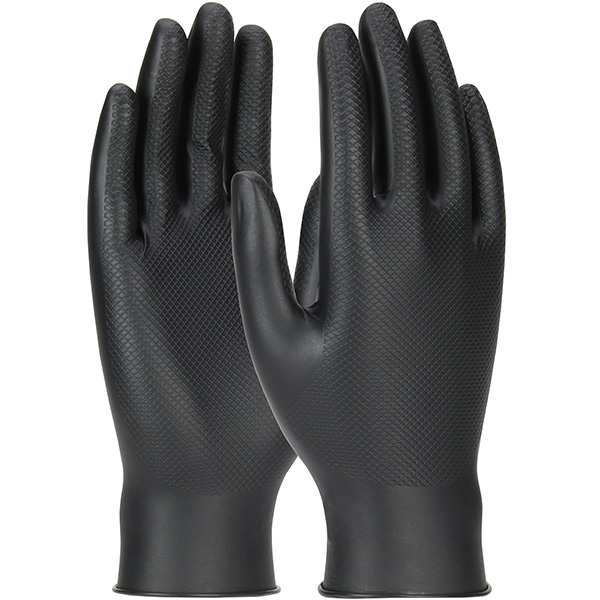 Gants jetables à usage prolongéGrippaz™ Skins67-246
Gants jetables à usage prolongéGrippaz™ Skins67-246
-
 Gants résistants aux coupuresG-Tek® PolyKor®16-560
Gants résistants aux coupuresG-Tek® PolyKor®16-560
-
 Gants haute performanceG-Tek® PolyKor®16-MPT630
Gants haute performanceG-Tek® PolyKor®16-MPT630
-
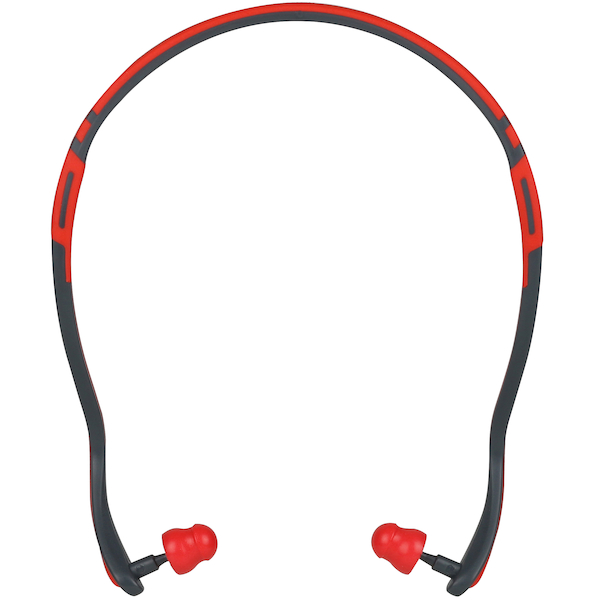 Bouchons d'oreillesPIP®267-HPB410
Bouchons d'oreillesPIP®267-HPB410
-
 Vêtements chauffantsBoss®300-HV100
Vêtements chauffantsBoss®300-HV100
-
 Gants de protection contre le froidG-Tek® PolyKor®41-1417
Gants de protection contre le froidG-Tek® PolyKor®41-1417
-
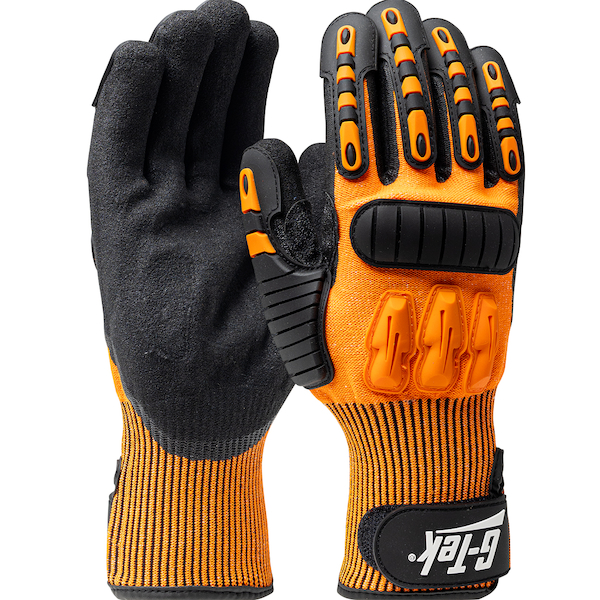 Gants haute performanceG-Tek®120-5150
Gants haute performanceG-Tek®120-5150
-
 Gants résistants aux produits chimiquesAssurance®56-586CR
Gants résistants aux produits chimiquesAssurance®56-586CR
-
 Gants résistants aux coupuresG-Tek® Paradox™16-541
Gants résistants aux coupuresG-Tek® Paradox™16-541
-
 Lunettes de sécuritéZenon Z12™250-01-0900
Lunettes de sécuritéZenon Z12™250-01-0900
-
 Gants résistants aux coupuresG-Tek® Paradox™16-351
Gants résistants aux coupuresG-Tek® Paradox™16-351
-
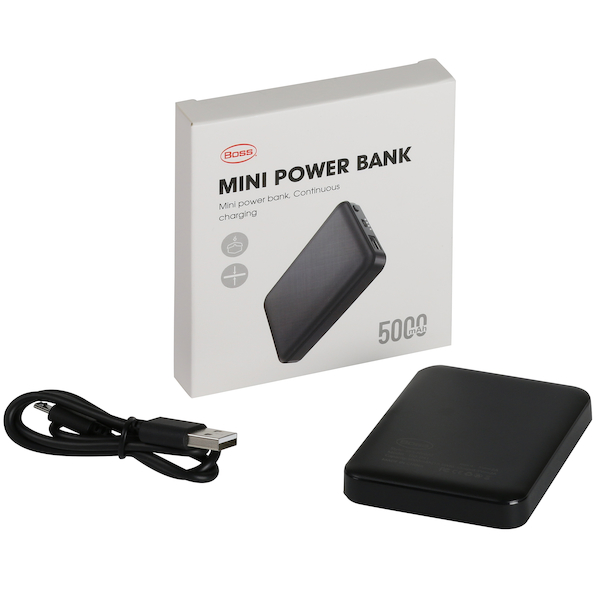 AvertissementBoss®399-HVBAT
AvertissementBoss®399-HVBAT


















